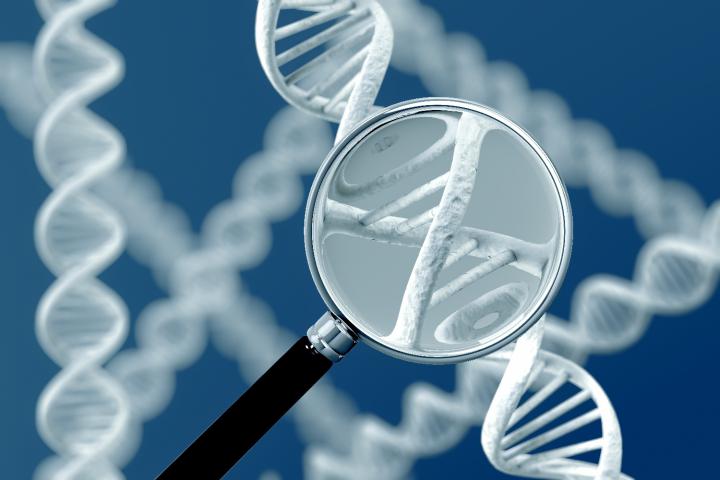
Williams Syndrome is a developmental disorder that affects many body functions. This condition is characterized by mild to moderate mental retardation or learning problems, the unique characteristics of the individual, specific facial features and problems of the heart and blood vessels.
Symptoms
People with Williams syndrome usually have difficulty performing visual-spatial tasks, such as drawing and puzzles, but tend to do well in the tasks related to the spoken language, music and learning through repetition (rote memorization). People with this disease have a friendly, positive character. At the same time quite common among people with this disorder are a Attention Deficit Disorder, problems of anxiety and phobias.
Young children with Williams syndrome have specific facial features: wide forehead, short nose with a wide tip, full cheeks, and a wide mouth with full lips, dental problems. In older children and adults who face looks longer and thinner.
The form of cardiovascular disease, which is often found in people with Williams syndrome called aortic stenosis - narrowing of the major blood vessel, the aorta, which carries blood from the heart to the rest parts of the body. If this state is left untreated, the narrowing of the aorta can lead to breathlessness, chest pain, and heart failure. Other problems with the heart and blood vessels include high blood pressure (hypertension), which often occurs in people with Williams syndrome.
Additional features and symptoms of Williams Syndrome:
Causes of a disease - Genetic changes associated with Williams syndrome
Williams Syndrome is caused by an exception of genetic material from a particular section of chromosome 7. The absent section is composed of more than 25 genes, and researchers believe that the loss of several of these genes probably contributes to a characteristic features of the disease.
Williams syndrome affects about 1 in 7500-20000 people. CLIP 2, ELN, GTF2I, GTF2IRD1, and LIMK1 are some of the genes that are usually absent in people with Williams syndrome:
In most cases, Williams syndrome is not inherited, but is observed the formation of random defects during the formation of sex cells (eggs or sperm) in the parents of the affected person. Such cases occur in people without a family history of Williams syndrome. Williams syndrome is considered an autosomal dominant disorder because one copy of the modified chromosome 7, is sufficient to trigger the development of this syndrome. In rare cases, people with Williams syndrome inherit a chromosome with a missing portion of from their parents suffering from this disease.
Leave a Comment